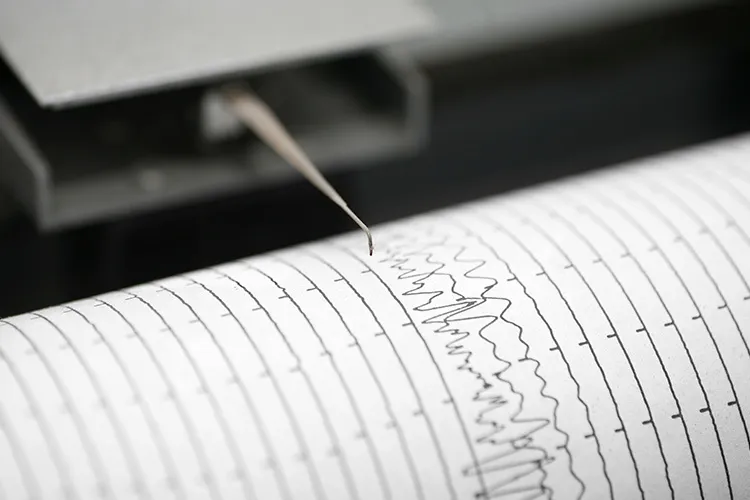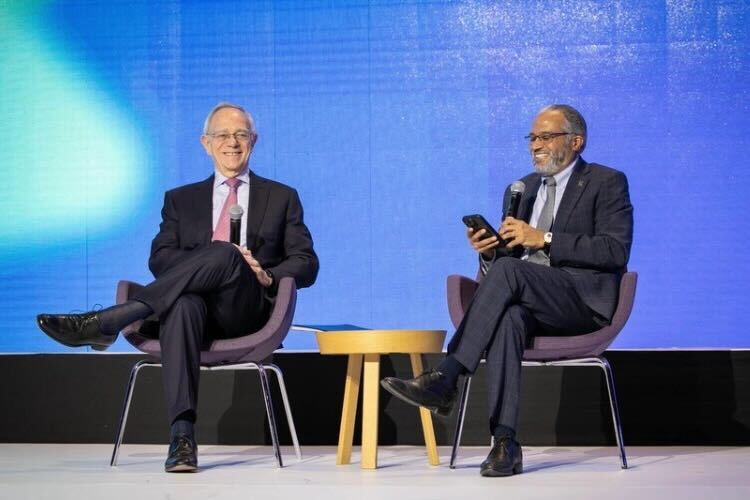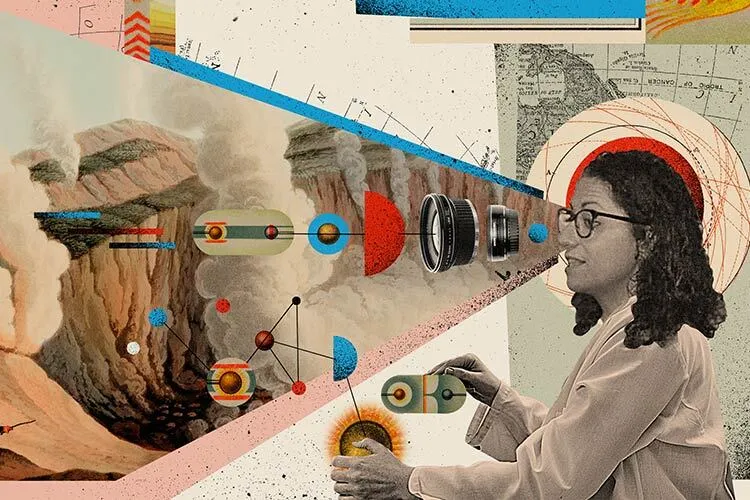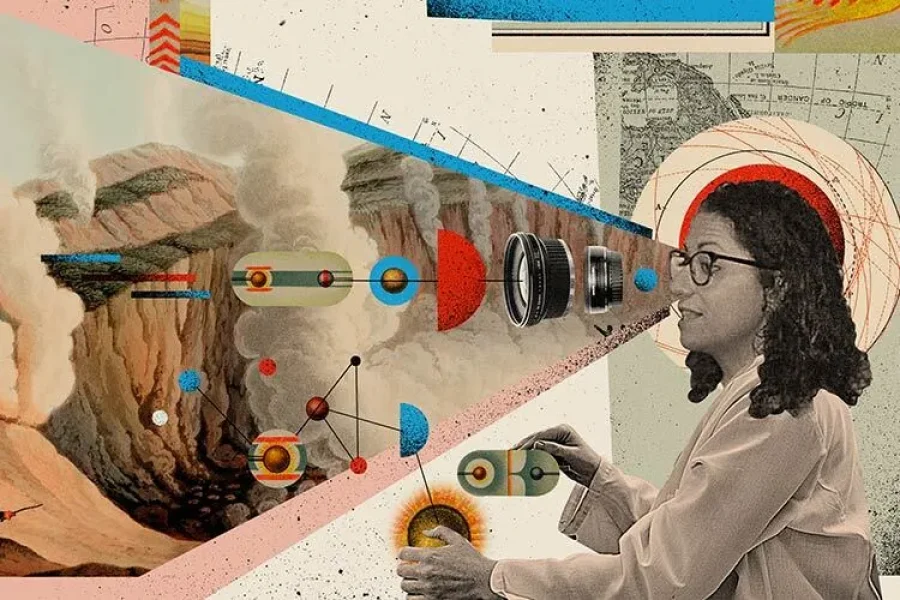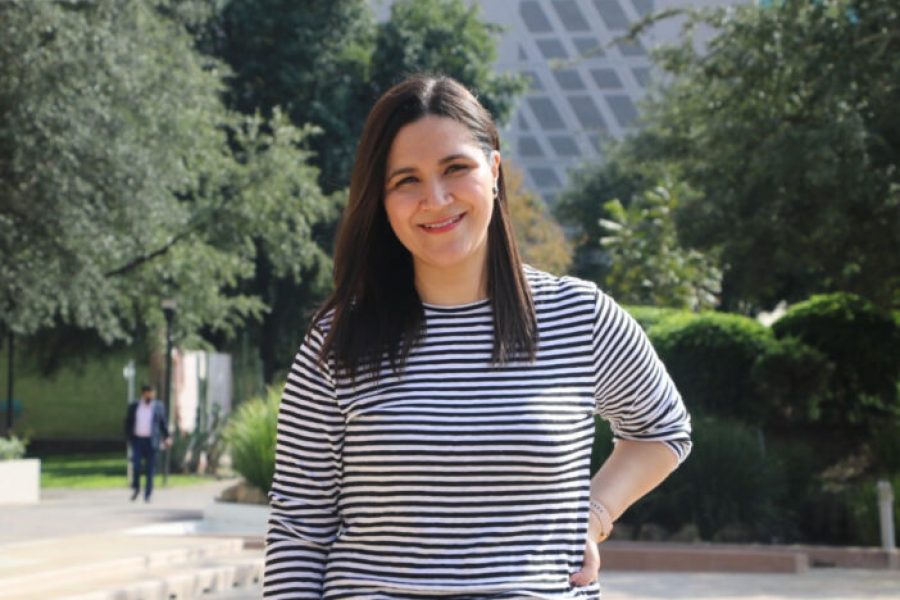Several small and brief earthquakes rattled buildings in Mexico City on Tuesday, with no reported material or personal damages, according to the National Seismological Service (NSS) and local authorities.
On their X account, the Seismological Service explained that the two tremors measured 2.8 and 3 in magnitude, with their epicenter in the southwest of the city and at a depth of just one kilometer.
According to the monitoring group Sky Alert, these were “microquakes” and were particularly felt in the south, west, and central areas of Mexico City. Sky Alert stated, “These quakes, with their epicenter within the city, are impossible to predict. No damages have been reported so far.”
Professor Enrique Cruz from the School of Engineering and Sciences at Tec in the Mexico City Region, in an interview with CONECTA, explained why these microquakes occur.
“The issue with Mexico City is complex for several reasons. Firstly, due to the geology in the Valley, and secondly, because of the stratified types of soil in the basin. We live in what was once a lake, but if you look at the seismic zones, we have a significant number within Mexico City.”
What Is a Microquake, and Why Do They Occur?
Cruz divides Mexico City into three seismic zones: the first, known as the “ridge zone,” comprises firm and rocky terrain, mainly located in the south and southwest.
The second, known as the “transition zone,” is situated in intermediate areas between zones I and III, spanning the Álvaro Obregón, Cuajimalpa, Azcapotzalco, and parts of Miguel Hidalgo and Benito Juárez delegations.
The third, also known as the “lake zone,” is located in regions where the Texcoco and Xochimilco lakes were once present. This soil consists of very soft lacustrine deposits, amplifying seismic waves.
It includes delegations such as Cuauhtémoc, Venustiano Carranza, Iztapalapa, Tláhuac, Iztacalco, and Gustavo A. Madero, which also has rocky sections.
Local seismicity, says Cruz, has many sources, but he mainly cites three:
- Geological faults, which, while not very large, are fundamentally what causes earthquakes.
- Differential settlements in the city due to water extraction from deep wells. “The majority of the water we take in Mexico City comes from deep wells, and that causes the city to sink differentially.”
- Significant earthquakes are the third source. “Think about the earthquake on September 19, 2017; there was an accentuation in local seismicity. Why? Because global seismicity pushes local seismicity, fortunately for us, the earthquakes generated within Mexico City are low magnitude.”
What Other Factors Can Trigger a Microquake?
The structural engineering expert mentions some important aspects.
“In some areas, especially towards the Santa Fe area, the west of the city, materials for construction in Mexico City were obtained, meaning sand, gravel, and even stone mines were operated. Unfortunately, these mines were filled, and their exact locations are unknown.”
Why shouldn’t we be concerned? These types of earthquakes are typically of low magnitude due to their shallow depth and short radius, although some areas in Mexico City may feel them more intensely.
“One thing we must be very clear about is that the size of faults generally governs the length of earthquakes. As the faults are minor, the problem will be relatively small.
“If you think about the most significant earthquakes we have had, they come from the coast, with depths of 20 to 25 or 50 kilometers, and from over 300 kilometers away. In contrast, we have these earthquakes beneath the city at 5 or 10 kilometers deep, on average maybe seven or eight kilometers,” he concluded. (Mariana Perales / CONECTA and Reuters)
